Northern Lights in Iceland: When, Where and How to View them

The Northern Lights, also known as aurora borealis, can mostly be enjoyed from locations set around the magnetic poles of both the northern and southern hemispheres.
What are the Northern Lights?
The Northern Lights, also known as aurora borealis are essentially a natural light show that is caused by collisions of electrically charged particles that are given off by the sun, which end up colliding with different gases such as nitrogen and oxygen. The lights can often appear in many different colors, with shades of pale green and pink being the most commonly sighted. If you’re extra lucky, you might even catch them in vibrant shades of red, yellow, or even blue. The patterns of the Northern Lights can also differ, which makes seeing them over and over again a very unique experience.
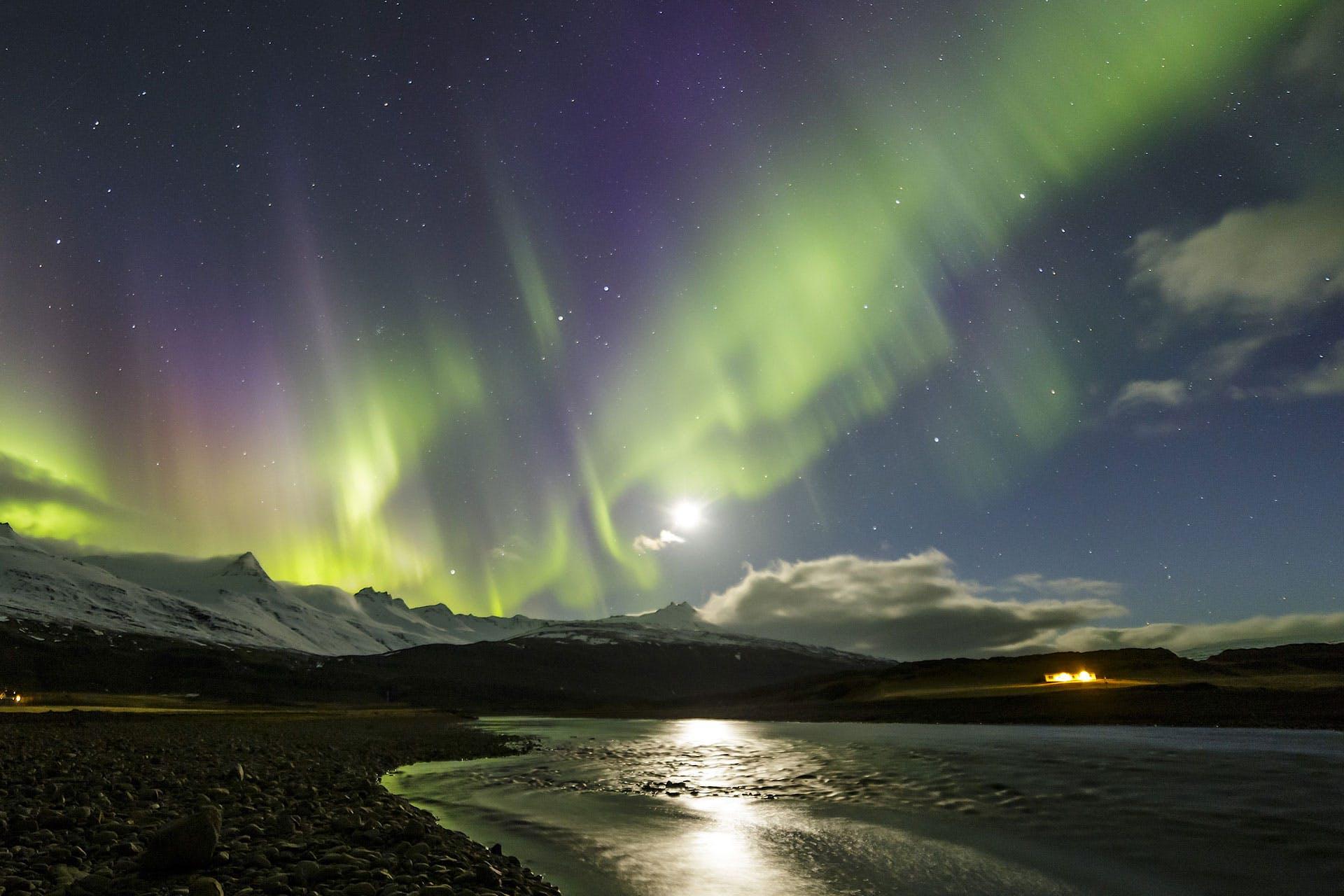
Why are the Northern Lights green?
Although there are many shades of the Northern Lights or aurora borealis to enjoy, green definitely is one of the most-often sighted colors. The reason why the Northern Lights are green is due to the solar particles which collide directly at an altitude of 60 to 150 miles, exactly where a large concentration of oxygen is found in the atmosphere.
This collision causes excitement within the oxygen molecule, along with the eye’s ability to detect the green color spectrum at a heightened-ability, this is what causes the display of those beautiful colors of green for on-lookers to enjoy.
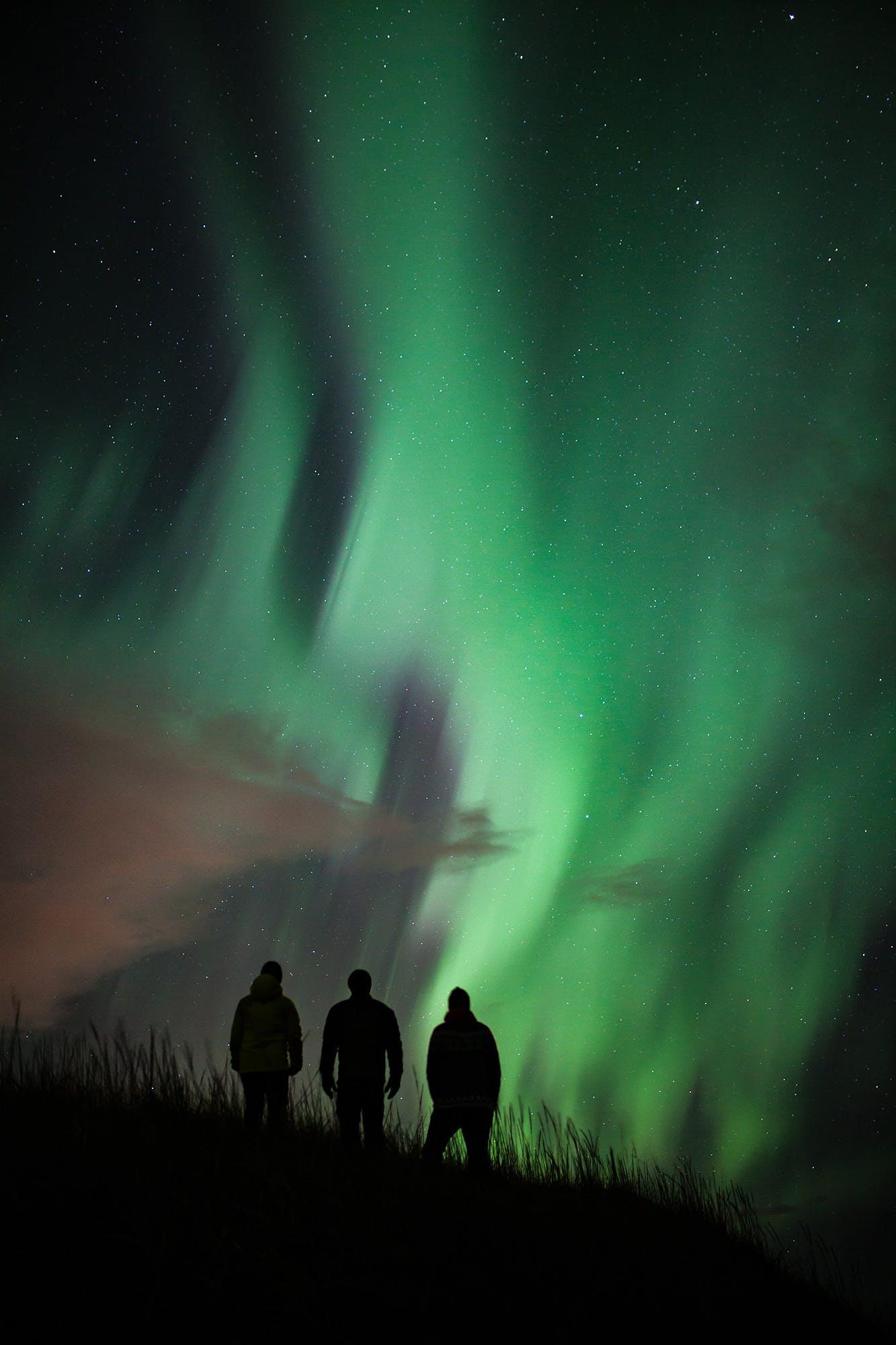
Why do the Northern Lights happen in Iceland?
The Northern Lights appear in Iceland due to its geographical proximity to the magnetic poles of the Northern hemisphere. With the combination of the long dark nights and remote nature, which provides a lack of light pollution, Iceland is one of the best choices for seeing this naturally occurring phenomenon.
When is the best time to see the Northern Lights?
Keep in mind that seeing the lights can be unpredictable, and sometimes you just need to have a bit of luck to see them, even if you do all you can to plan accordingly. The Northern Lights are generally visible from late August into early April anytime during dark hours, so that's normally the best time to see northern lights or aurora borealis in Iceland.
If you’re planning on hunting the lights, plan to visit during those months and have at least a few days for better chances of getting a spectacular view.
Can you see the Northern Lights in the summer?
Unfortunately, you won't catch a glimpse of the Northern Lights during the summer months. Even though the aurora remains active throughout the year, there are not enough dark hours in Iceland to make them visible during these months.
Looking on the bright side of things, this fact makes the Northern Lights even more visible during the winter months, since the majority of the day will remain in absolute darkness.

Where can I find the Northern Lights forecast online?
If you want the greatest chance at seeing the Northern Lights, not only should you plan your visit during the right time of year, but also use an online forecasting website in order to check current activity levels of the Northern Lights. Aurora Forecast will give you a current reading of the activity for both the current day, as well as for the following day’s activity. Plan to use this handy resource before hitting the open road and chasing after the Northern Lights.
How to take pictures of the Northern Lights with a smartphone?
For getting a clear shot of the Northern Lights on your smartphone, you'll need to keep a few things in mind for the optimal shot:
- Bring along a tripod for your smartphone, as you’ll be shooting this shot during the night-time and long exposure will be a must. The camera will require quite some time to remain still while capturing the shot.
- Make sure to shoot in landscape mode, and preferably use a smartphone that offers a wide lens so you can fit more in the shot.
- You'll want to change your camera settings to manual mode. From here, make sure you set the flash to be disabled, exposure on 2-15 seconds, ISO from 400-1600 and choose a night mode/cloudy white balance mode if possible.
- A power bank can go a long way in helping the longevity of your battery life, as it might take quite some time to capture that perfect shot.
For the best-case scenario of capturing the Northern Lights, you’ll have a lot more luck shooting with a traditional DSLR along with a sturdy tripod. You can read more here about How to Capture the Northern Lights
Where is the best place in Iceland to see the Northern Lights?
Almost every corner of Iceland makes an excellent place to get a glimpse of the Northern Lights, but here are a few of our favorite spots:

DC Plane Wreck: A plane which crashed on a volcanic beach near the coastal town of Vik.

Jökulsárlón: The famous glacial lagoon situated in South East Iceland and home of the Diamond beach.
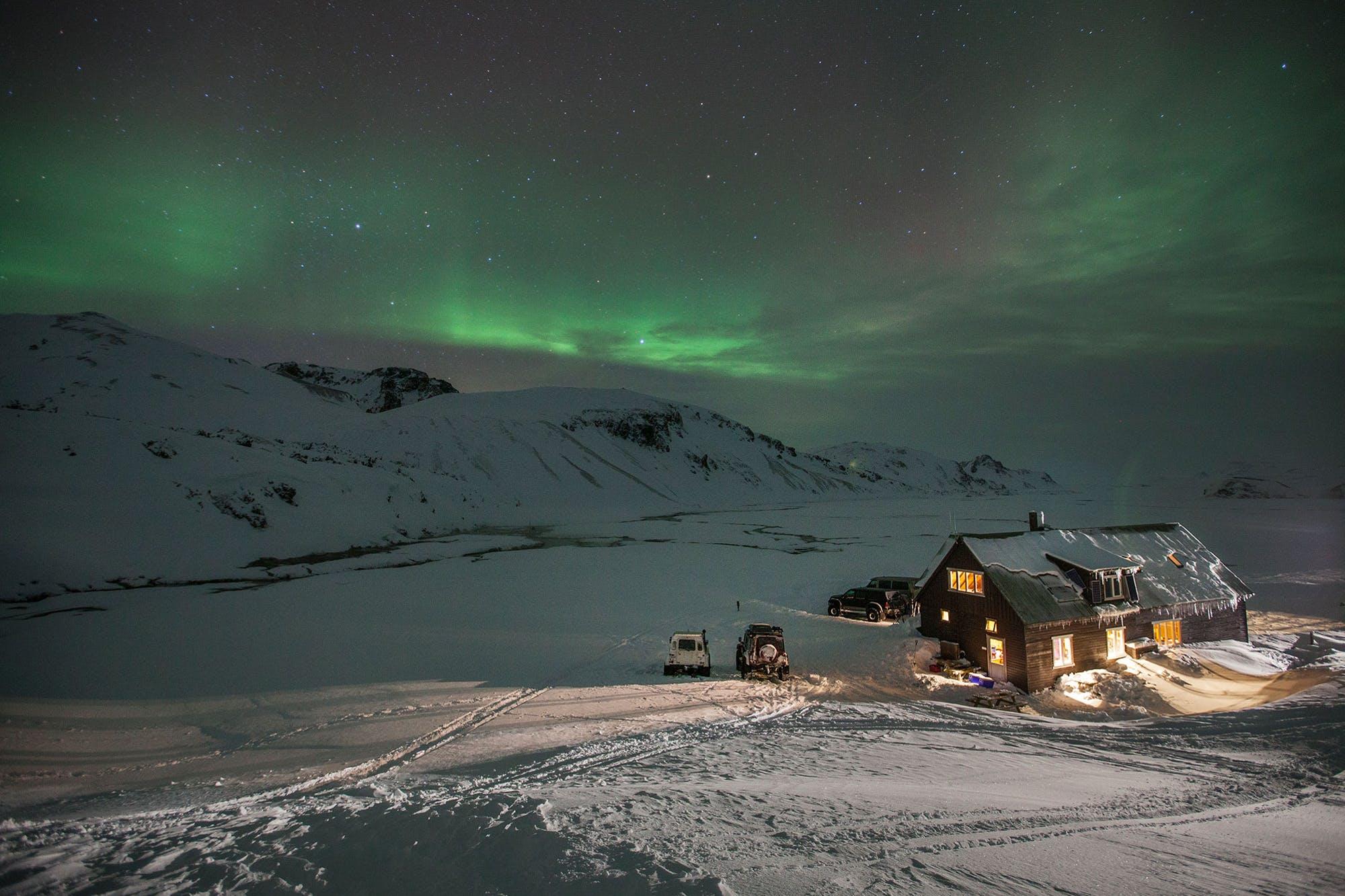
Landmannalaugar: Up in the highlands away from any sources of lights where you can soak in a natural hot spring while gazing at the winter sky.

Skógafoss: One of Iceland’s most spectacular natural waterfalls make a perfect scene for shooting this scene at night.
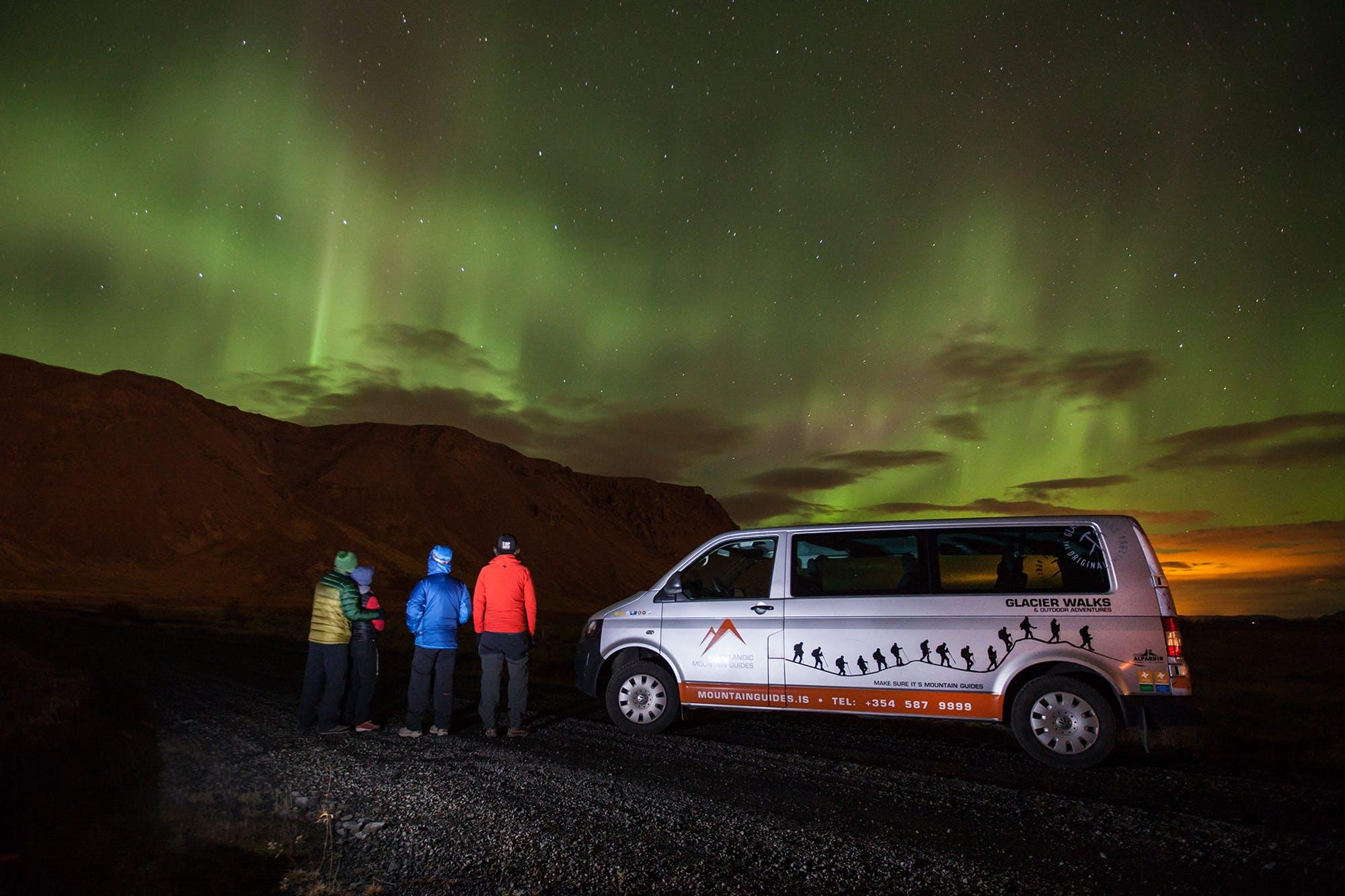
Þingvellir: Another unique location located directly on the Golden Circle, which presents plenty of spectacular views to catch the Northern Lights
Top 3 Guided Northern Lights Day Tours
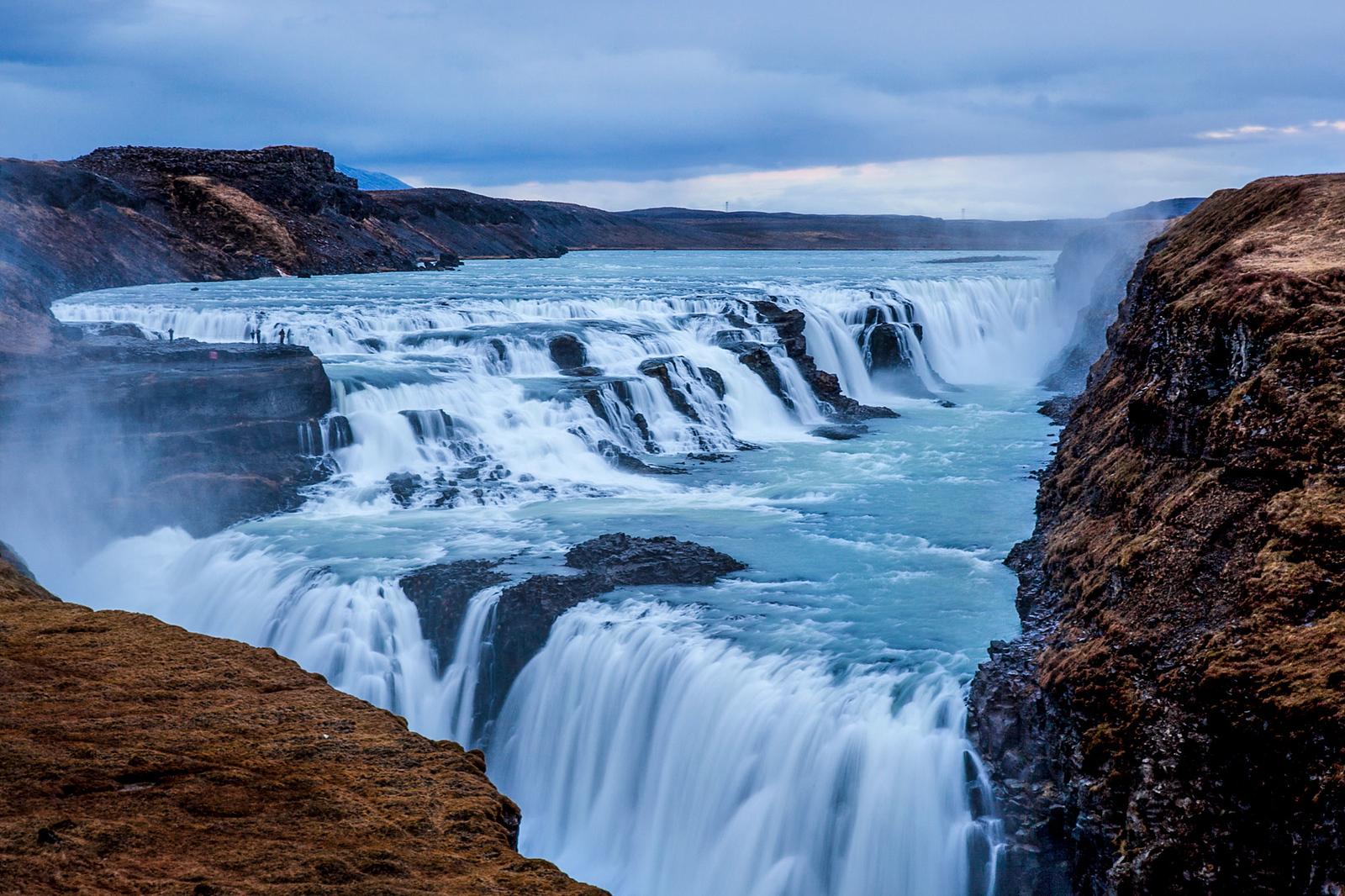
Golden Circle & Magical Nights
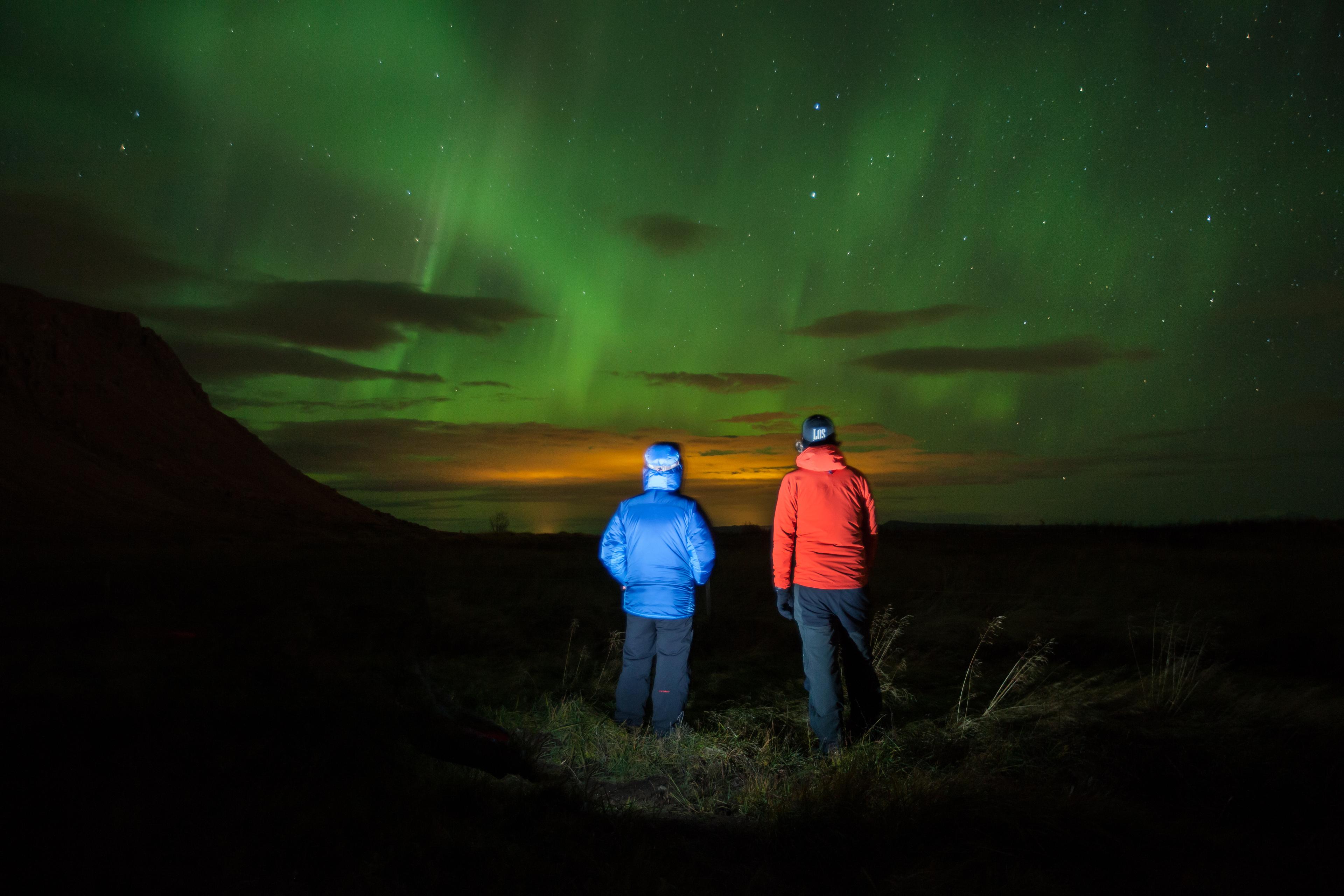
Country-Style South Coast and Northern Lights

Glacier Walk & Northern Lights
What to bring on a Northern Lights tour?
You’ll want to pack a few essentials for your time out hunting the Northern Lights:
- Warm clothing, including hats, gloves, proper warm shoes, and enough layers to keep warm. Remember, you might be out in the cold for a bit.
- Thermal underwear and a strong, warm winter jacket are also good ideas. Even extra socks, just in case your feet get wet.
- If you're planning to capture the lights, bring along a sturdy tripod along with a DSLR or smartphone. Don't forget a memory card and extra batteries as well!
Hunting the Northern Lights on a tour vs Driving Yourself
If you’d like to get outside the city and have the best chance of seeing the lights with an experienced local who knows the best spots, taking a tour can be extremely rewarding when chasing the Northern Lights.
Self-driving can also be a fruitful and rewarding experience as well but can take a bit of pre-planning and really mapping out your journey prior to getting just driving. the knowledge of both the drivers when it comes to location, forecasts and road conditions can be priceless!
If you do plan to head out on your own Northern Lights hunt, remember to only stop in the special designated areas off the side of the road where stopping is permitted. Parking on any road or pulling of can create grave dangers for both you and other drivers.
Always pay attention to the road while driving, and remember it’s best to find a safe and legal place to park, get out, and view the Northern Lights. Remember to be responsible, and keep Iceland a safe place for both tourists and locals alike!
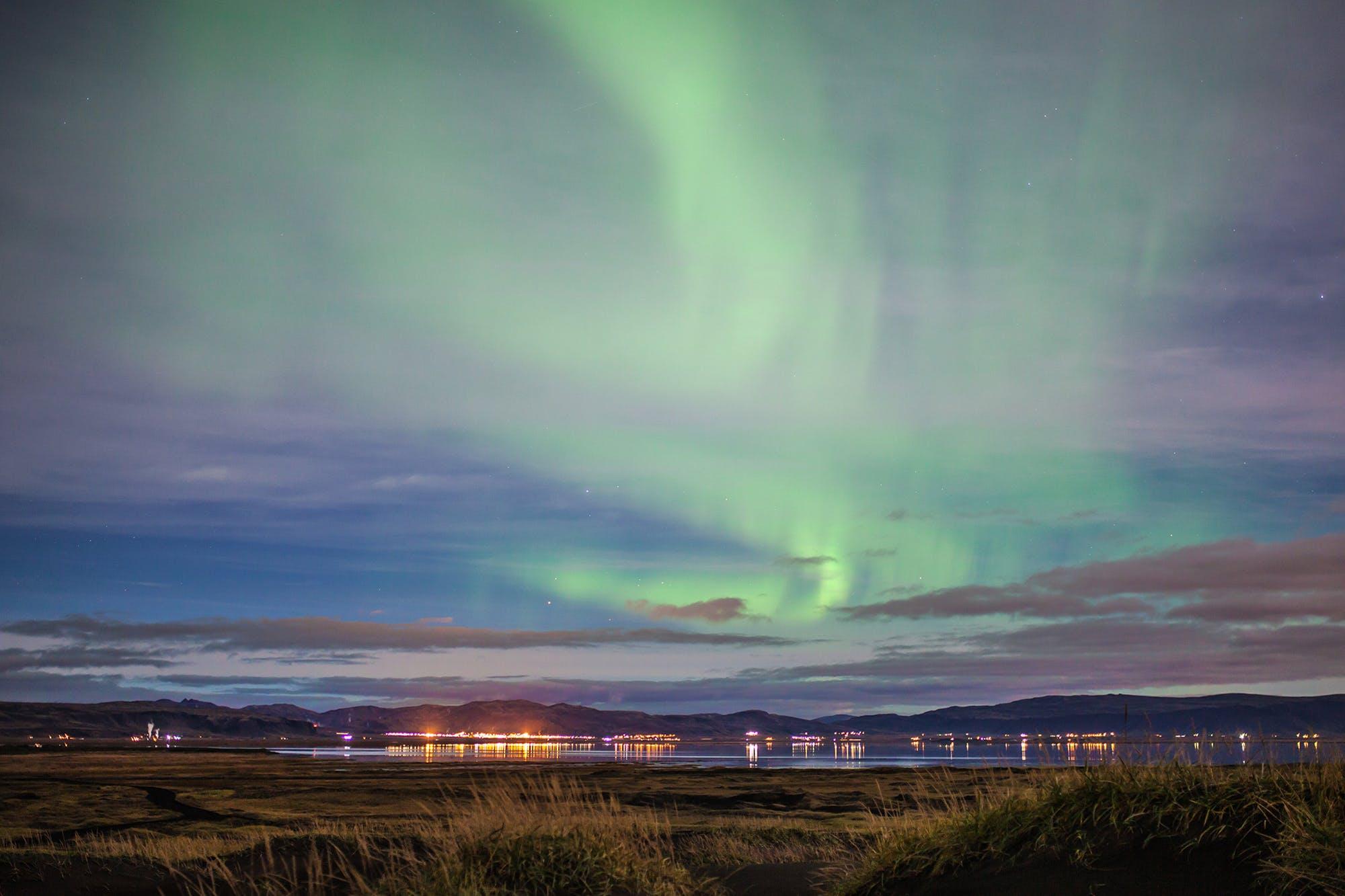
Can I see the Northern Lights in Reykjavik, Iceland?
When the skies are clear and if the aurora borealis is radiating enough activity, it's possible to see the Northern Lights in Reykjavik, and essentially anywhere in Iceland. For the best viewing spots in Reykjavik, check out near the coastline, as there's not as much light pollution from street lights or buildings.
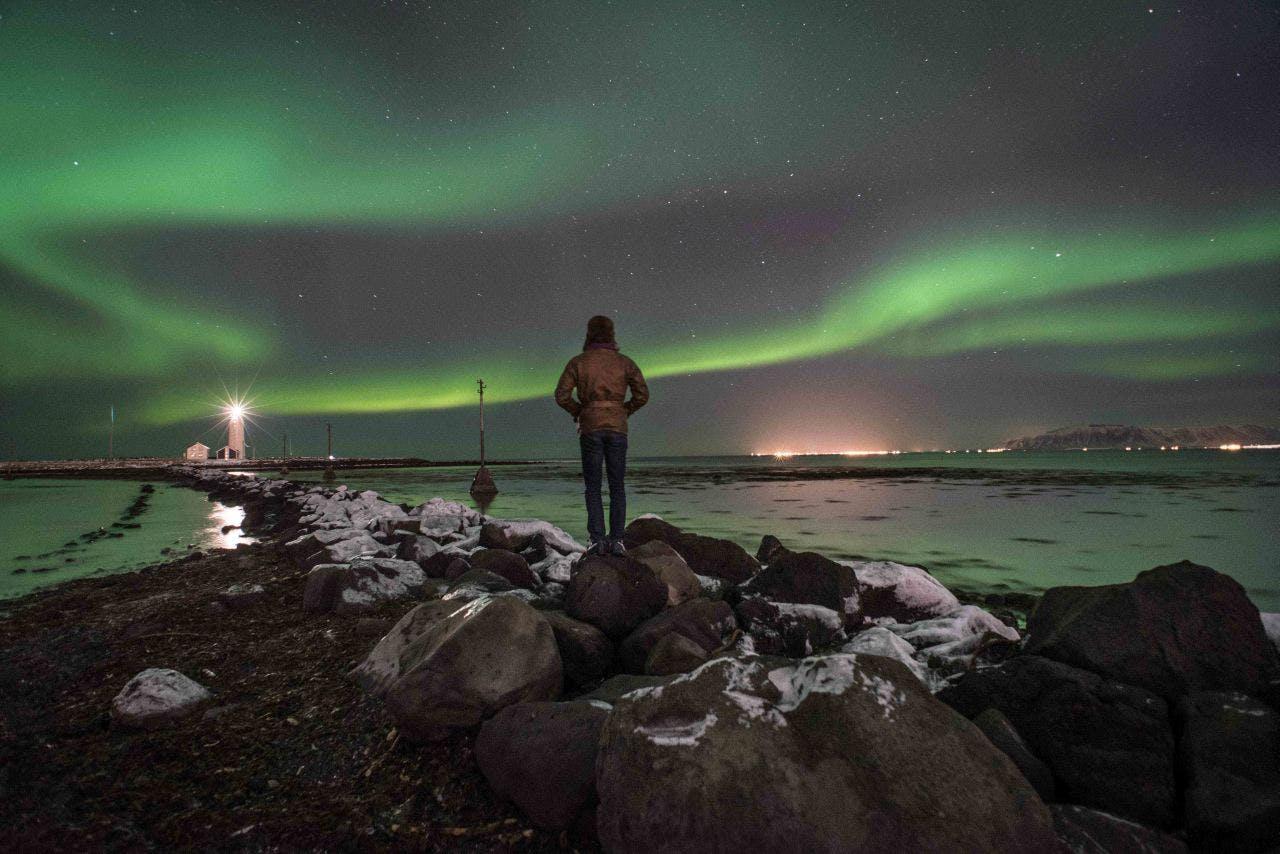
If you want to try and see the Lights from Reykjavik, nothing beats an evening walk along the Sculpture & Shore Walk where you’ll have a clear view and nothing to block your views, or go out to Grotta lighthouse. Whatever you do, get creative as there’s a ton of great spots around the city and its outskirts to enjoy this remarkable phenomenon.


